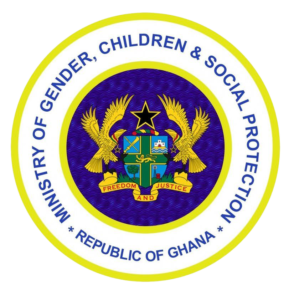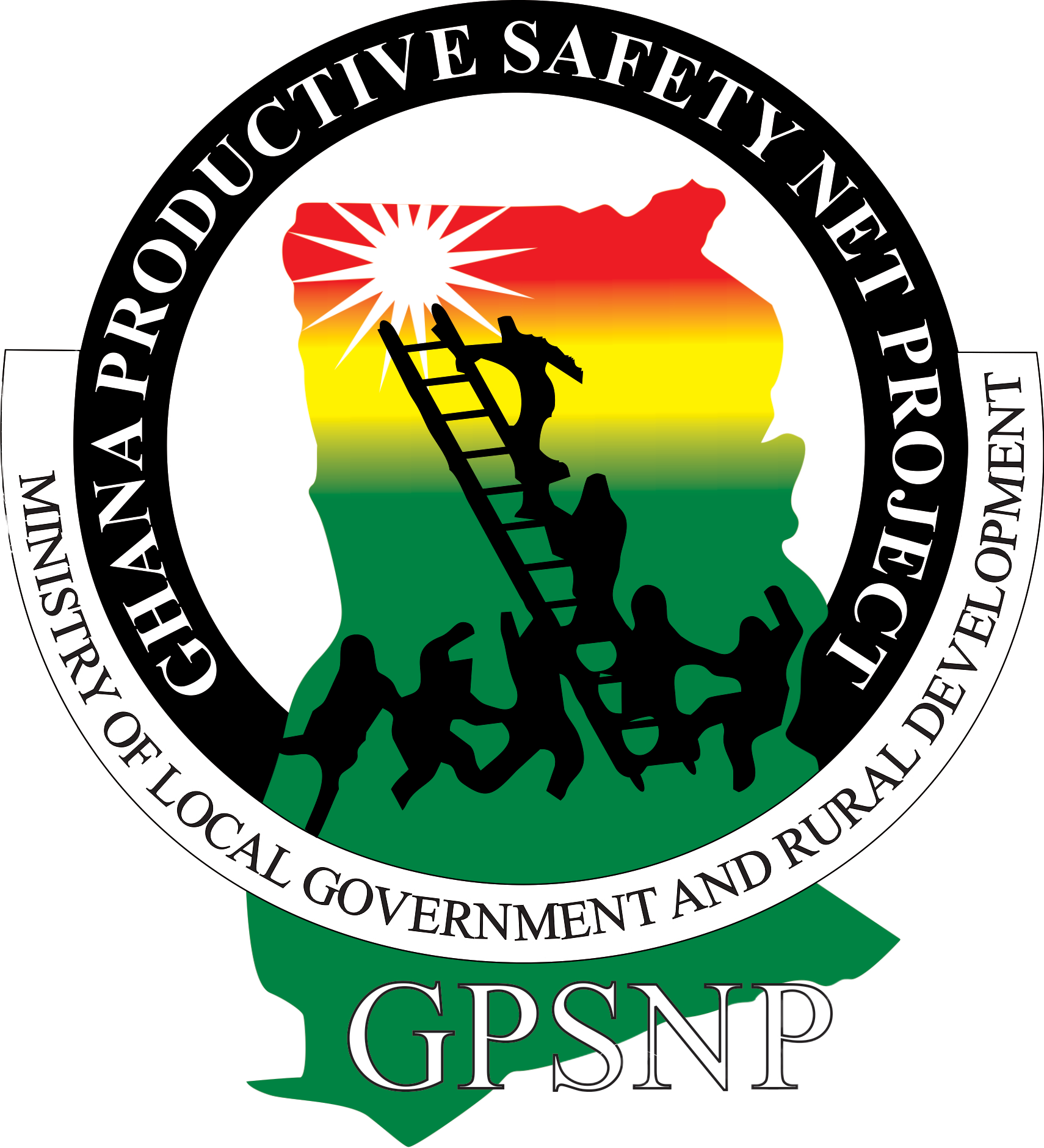Components
- Home
- Components
Components
Project Components
Labour Intensive Public Works
Payments to beneficiaries through labour intensive public work programs e.g (rehabilitating/maintaining productive community/public assets) Environment and Social Safeguards
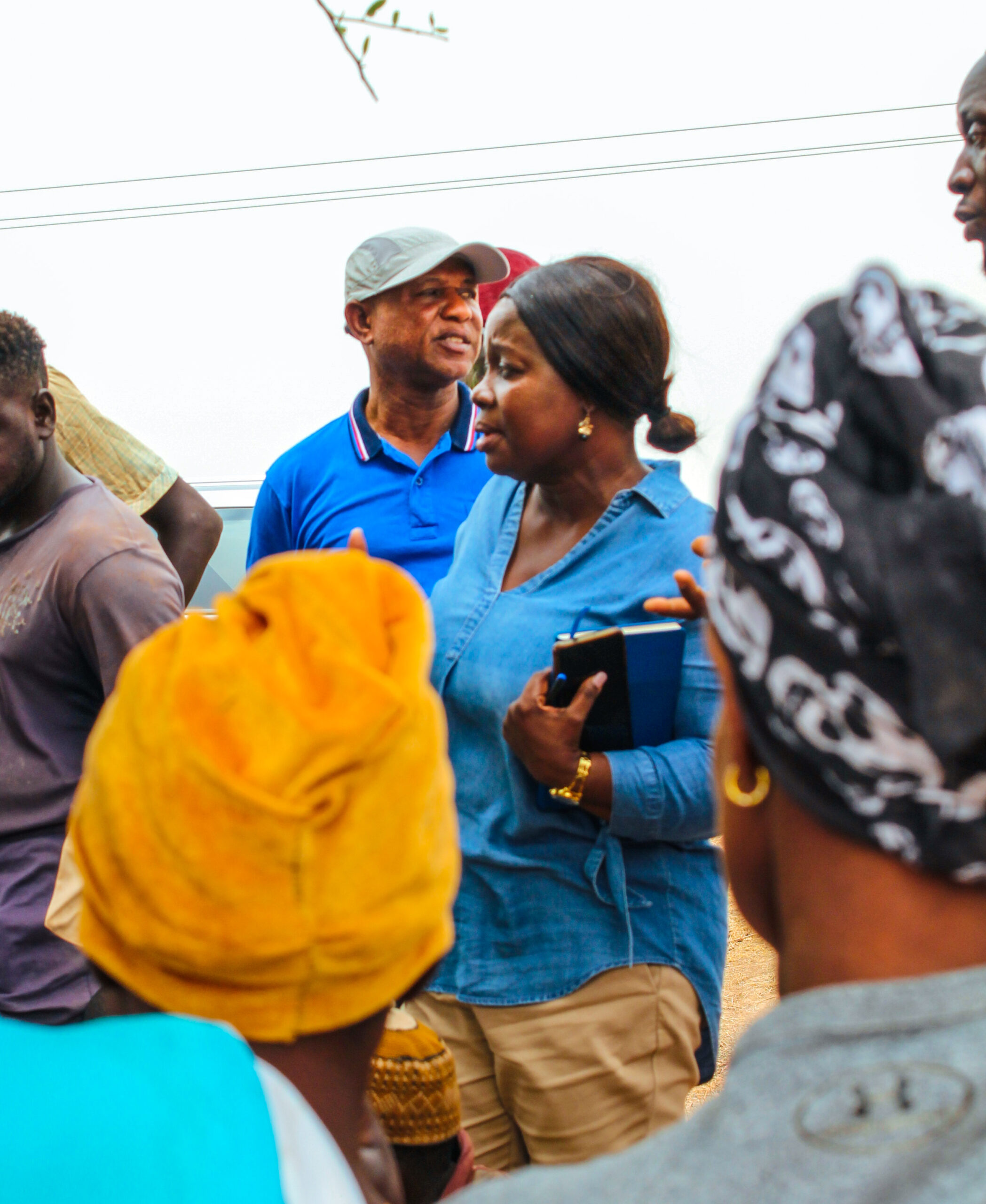
The Government of Ghana is committed to promoting inclusive economic growth that reduces poverty and creates job opportunities for all Ghanaians. The Government’s aim of promoting broad-based economic growth is outlined in the Coordinated Programme of Economic and Social Development Policies (2017-2024) which underscores the need to mainstream employment creation in the national development of Ghana. To this end, the Government has prioritized investments in core infrastructure and launched a number of flagship programs that aim to enhance access to jobs, promote entrepreneurship and reduce constraints to growth. While these initiatives are likely to generate job opportunities that are suitable for much of the population, extremely poor households often experience unequal access to such programs, as well as basic services due to low literacy and skills, hence a need for safety net programmes that support them to better access services that promote their productivity and improve their access to jobs.
The objective of the Ghana Productive Safety Net Project 2 (GPSNP 2) is to expand and enhance social safety nets that improve the incomes and productivity of the poor in Ghana. GPSNP 2 is also consistent with the Government’s vision for Ghana’s social protection sector, including productive, gainful employment for the poor, as stated in its National Social Protection Policy 2015, National Employment Policy 2015, and National LIPW Policy 2016.The efforts are also aligned with the Government’s COVID-19 relief and recovery plans, which seek to protect and restore the economic well-being of affected households, workers, and enterprises, and expand and improve the performance of government programs to achieve this. Between 2010 and 2018, the Government implemented the Ghana Social Opportunities Project (GSOP), which was followed by the GPSNP project, which was implemented from 2019 – 2022. These two projects are the precusors to the GPSNP 2, and aimed to improve targeting of social protection programs and providing income support to poor households through Livelihood Empowerment Against Poverty (LEAP) grants and Labour Intensive Public Works (LIPW) infrastructure in targeted districts.
Component Objective
The objective of the LIPW component is to extend income-earning opportunities to poor and extremely poor households through the use of labour intensive methods to construct,maintain or rehabilitate public assets such as feeder roads and small earth dams that improve the productivity of communities and respond to the anticipated effects of climate change. Specifically, this component will support the implementation, expansion, and strengthened performance of LIPW, specifically:
- Expansion of the program in rural communities;
- Extension of the program to urban areas
- Development of a strategy for increasing financing for LIPW, including through Government financing at the national level and through the budgets of MMDAs
Coverage & Scope
The Component will finance the cost of LIPW sub-projects, program administration, and the costs of strengthening and reforming program design and implementation, including:
- Payments to beneficiaries in exchange for their work in rehabilitating or maintaining productive community or public assets
- The costs of capital inputs for the sub-projects
- Monitoring and supervision of the LIPW subprojects
- Capacity building of contractors, MMDAs and other actors in LIPW delivery
- Strengthening the performance of the LIPW MIS and the further integration of information and communication technology (ICT) solutions in the delivery chain.
Cost and Duration
- The GPSNP 2 is planned to be implemented from 2021 to 2025.
- A total of US$28million of the Project funds have been allocated to the LIPW component. Sixty percent (60%) of the component allocation will be paid as beneficiary wages.
Project Components
Productive Inclusion
Aimed at providing incoming earning opportunities to the poor (beneficiaries from LEAP and LIPW households) through the promotion of micro-enterprise/ sustainable livelihood activities and linkages to agriculture support.Designed to reach at least 60,000 LEAP and LIPW Beneficiaries across 121 districts
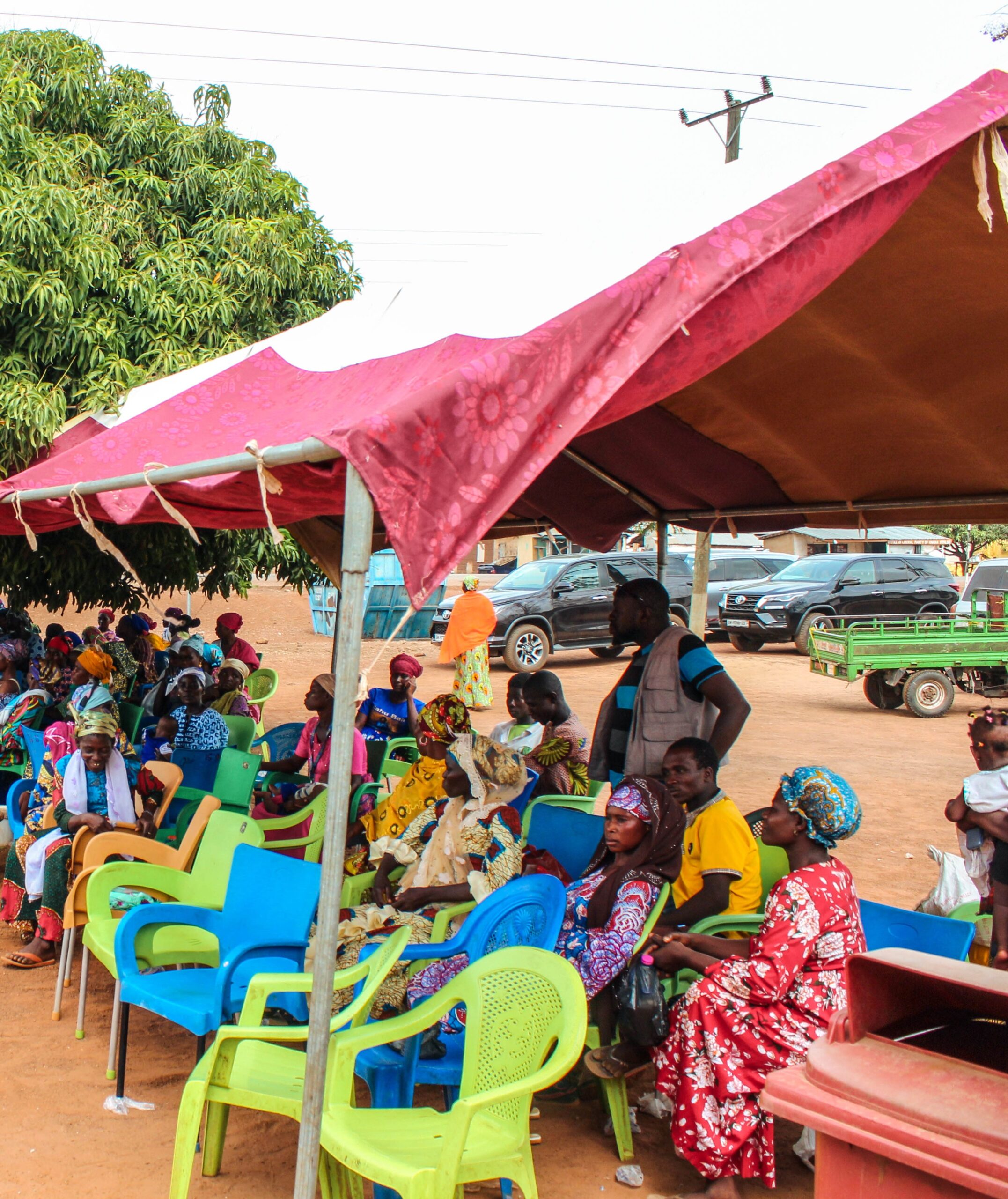
This component supports project management, coordination and capacity building under the Ghana Productive Safety Net Project (GPSNP). It is split into two sub-components, with the Ministry of Local Government, Decentralization and Rural Development overseeing the finance of project management, coordination, and capacity building and other project-related operating costs for the implementation of components 1 and 2 of GPSNP. This support includes procurement of service providers to implement operational aspects of the CLASS and LIPW components, including payments and auditing as well as building the capacity of key stakeholders and strengthening the program’s digitized delivery mechanisms and computerized MIS to support program management and delivery.The Ministry of Gender, Children and Social Protection, on the other hand, oversees the finance of project management, coordination and capacity building and other project-related operating costs for the implementation of components 3 and 4 of GPSNP. This support includes the procurement of service providers to implement the operational aspects of the GNHR and LEAP, including data collection, electronic registration, payment, and auditing. This sub component also provides capacity building to key stakeholders at the central and local government levels involved in the implementation of LEAP, GNHR and SWCES.
Get In Touch
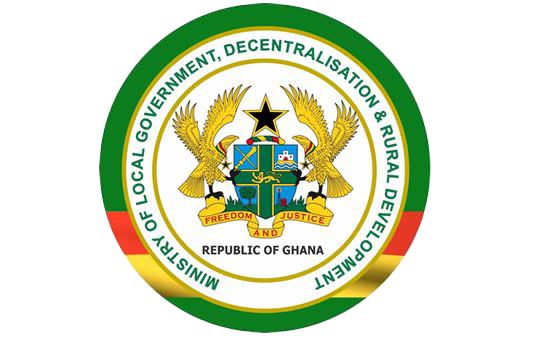
Agric Engineering Directorate Off-Elwak Burna Camp Road Former Home Touch Junction P.O.Box CT 3742
Call +233 302 770246
helpdesk@gpsnp.gov.gh
Financed By

Implementing Partners
